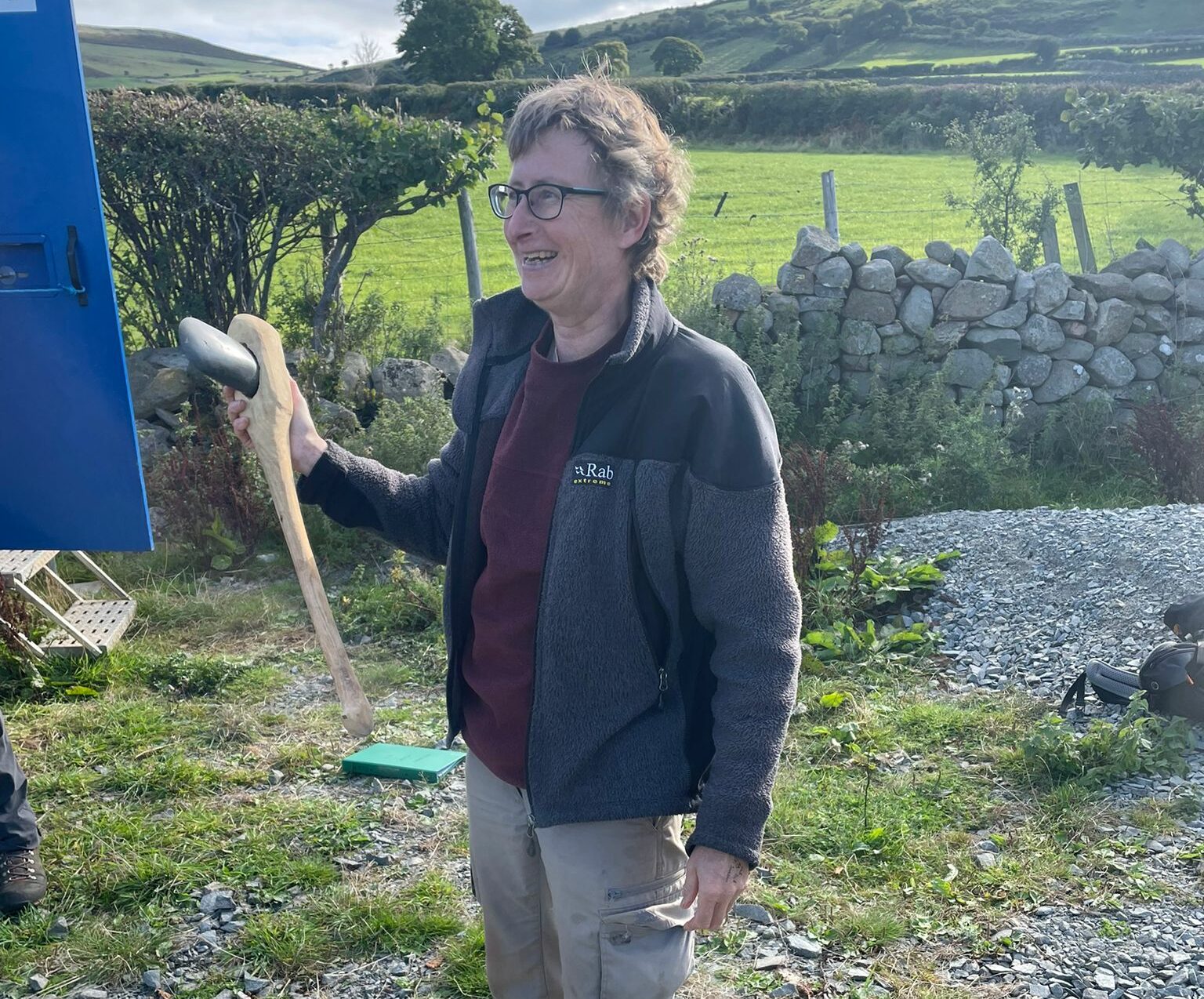
The Neolithic era in Britain was about 6,000 to 4,500 years ago – before bronze and iron metalworking had been discovered. As a result, stone was very important for making tools.
A tough and fine‐ grained volcanic rock, known as microdiorite, found at locations above Penmaenmawr and Llanfairfechan, was quarried to make axe-heads. The axe-heads were fitted in wooden handles to create multi-purpose tools. They were used for tasks such as clearing trees and scrub to make land suitable for farming, butchering animals, working timber. When polished to a fine sheen they can be beautiful objects. They acted as symbols of status, power and identity. No doubt they were also used in acts of display, threat and violence between individuals and groups.

Polished axe-heads from Penmaenmawr and Llanfairfechan have been found across the UK, sometimes in ceremonial monuments, indicating that they were symbolically important as well as being practical objects.
This project aims to find out more about the extent of the axe-making sites in the north Carneddau, and how the people who made them lived.
Download our map below to see the distribution of Graiglwyd axes across the UK.

The project is bringing together experts, volunteers and local school children to work together on archaeological digs. By digging lots of small test-pits we are learning how axe-making was spread across the landscape and identifying working areas and possible settlement locations.
Parc Eryri and Gwynedd Archaeological Trust, helped by the Penmaenmawr Museum, are working to tell the story of the axe-making landscape, to process and report on finds, and to display objects from the excavations.

Whilst a number of local stone axe-making sources are known about, they are not well understood. It’s likely that more survive. Knowing the location and scale of these sites helps to protect them from accidental damage and disturbance.
Because it is working on one of the largest Neolithic axe-working landscapes in the UK, this project will significantly improve our understanding of the the Neolithic era in the Carneddau and beyond.
Working with volunteers and schools on this project’s archaeological digs and education programmes will continue an important tradition of local people being involved in the discovery and preservation of our local Neolithic axe-working sites.

We will be hosting a Neolithic axe festival to celebrate the achievements of the project and to promote the information that everybody involved has helped to discover.
We will be arranging talks and guided archaeological walks so people can find out more about the project and its discoveries.
Our aim is to encourage a new generation of interest in archaeology and the past by working with local schools and youth groups and offering them hands-on archaeological experience.
Short Film: Community Archaeology - Ty'n y Llwyfan, Llanfairfechan, September 2022
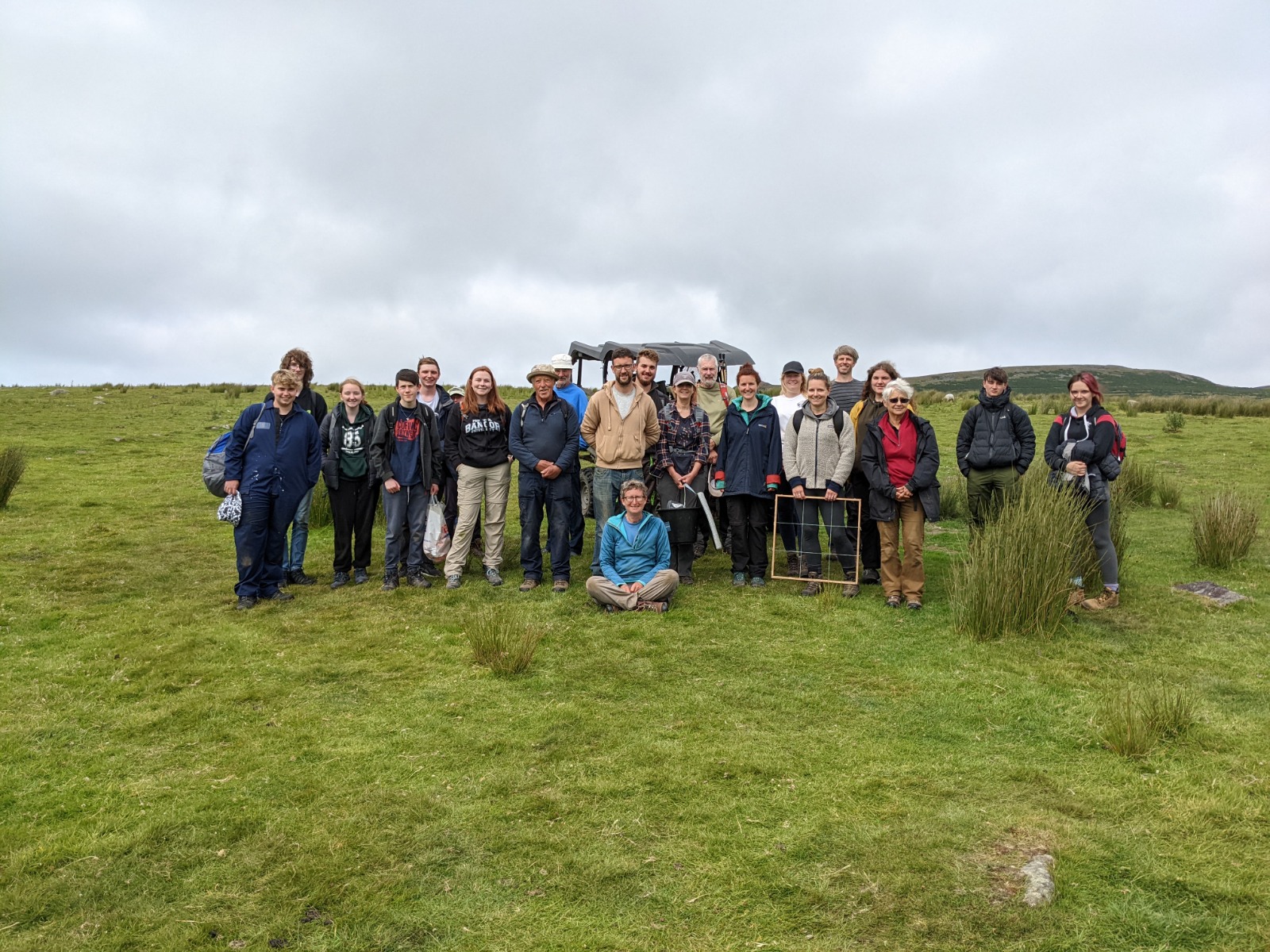
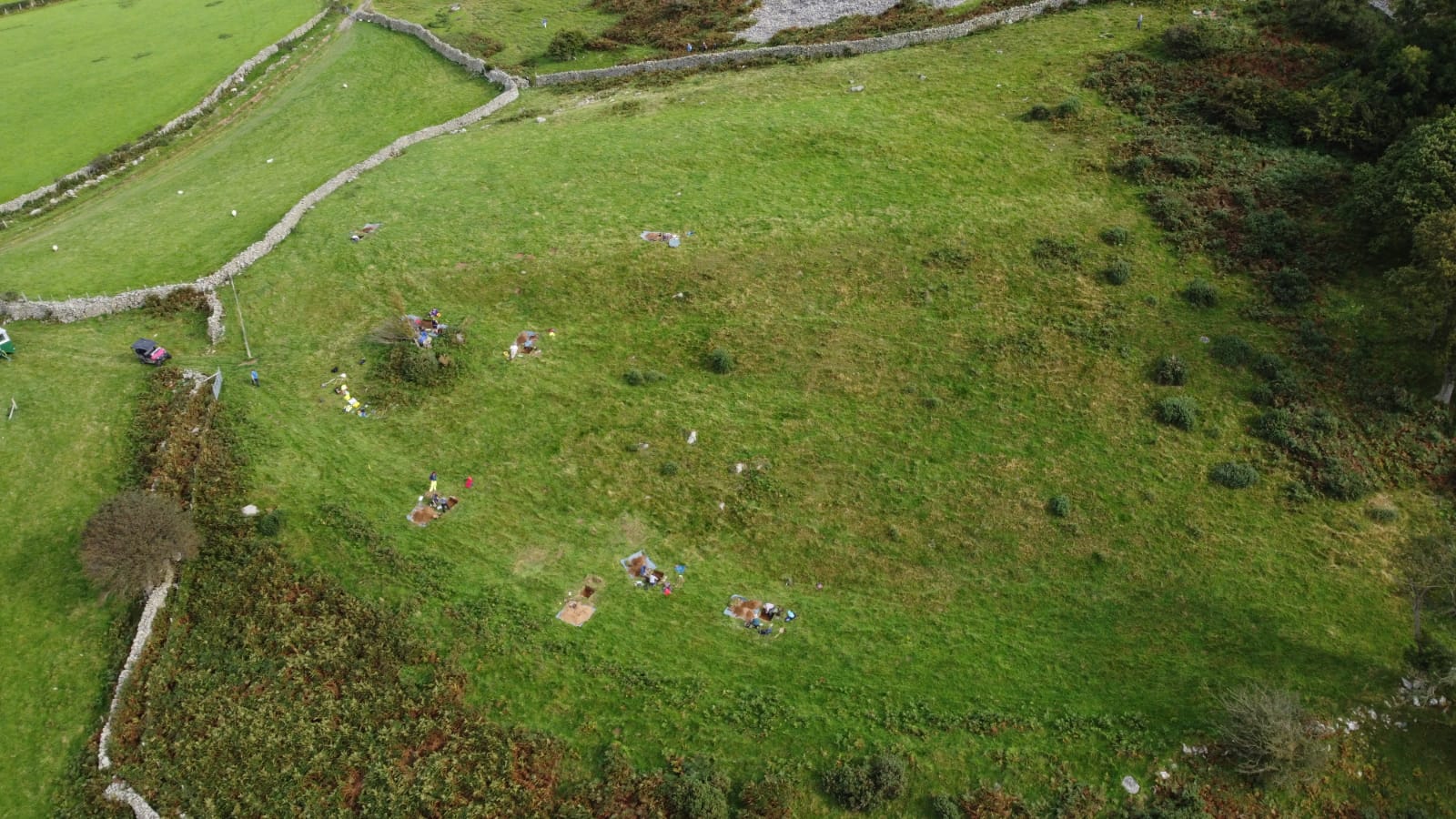
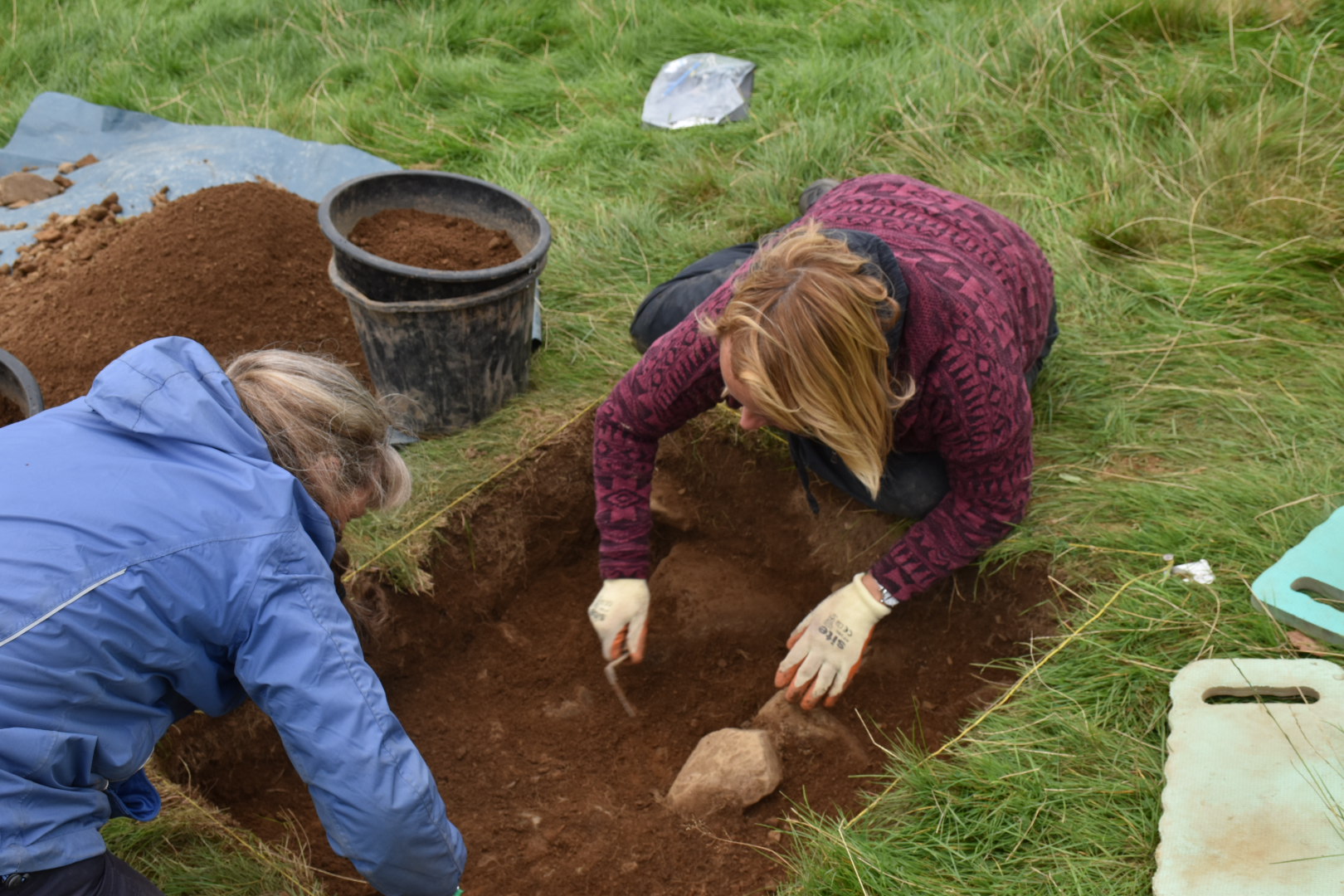


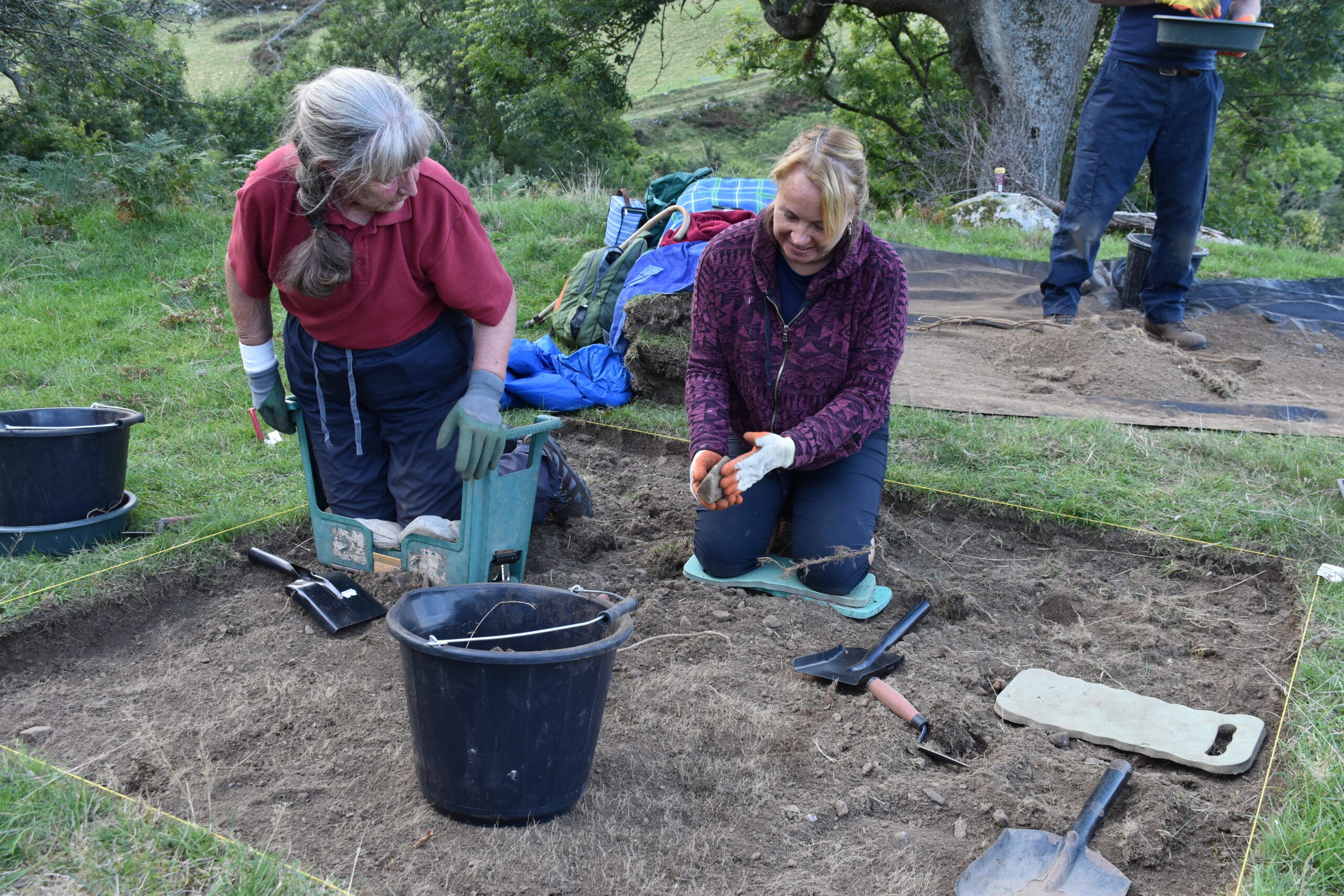
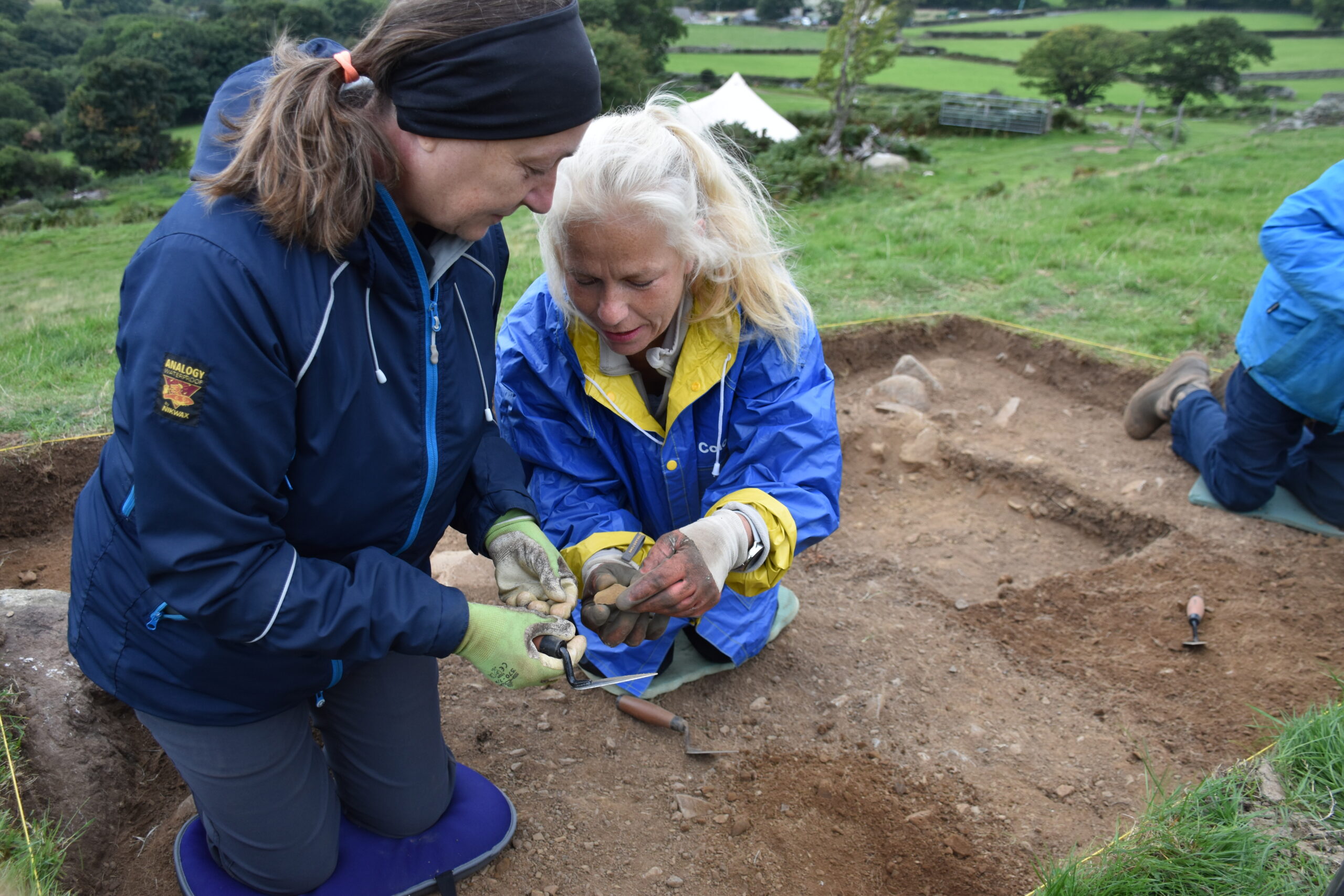
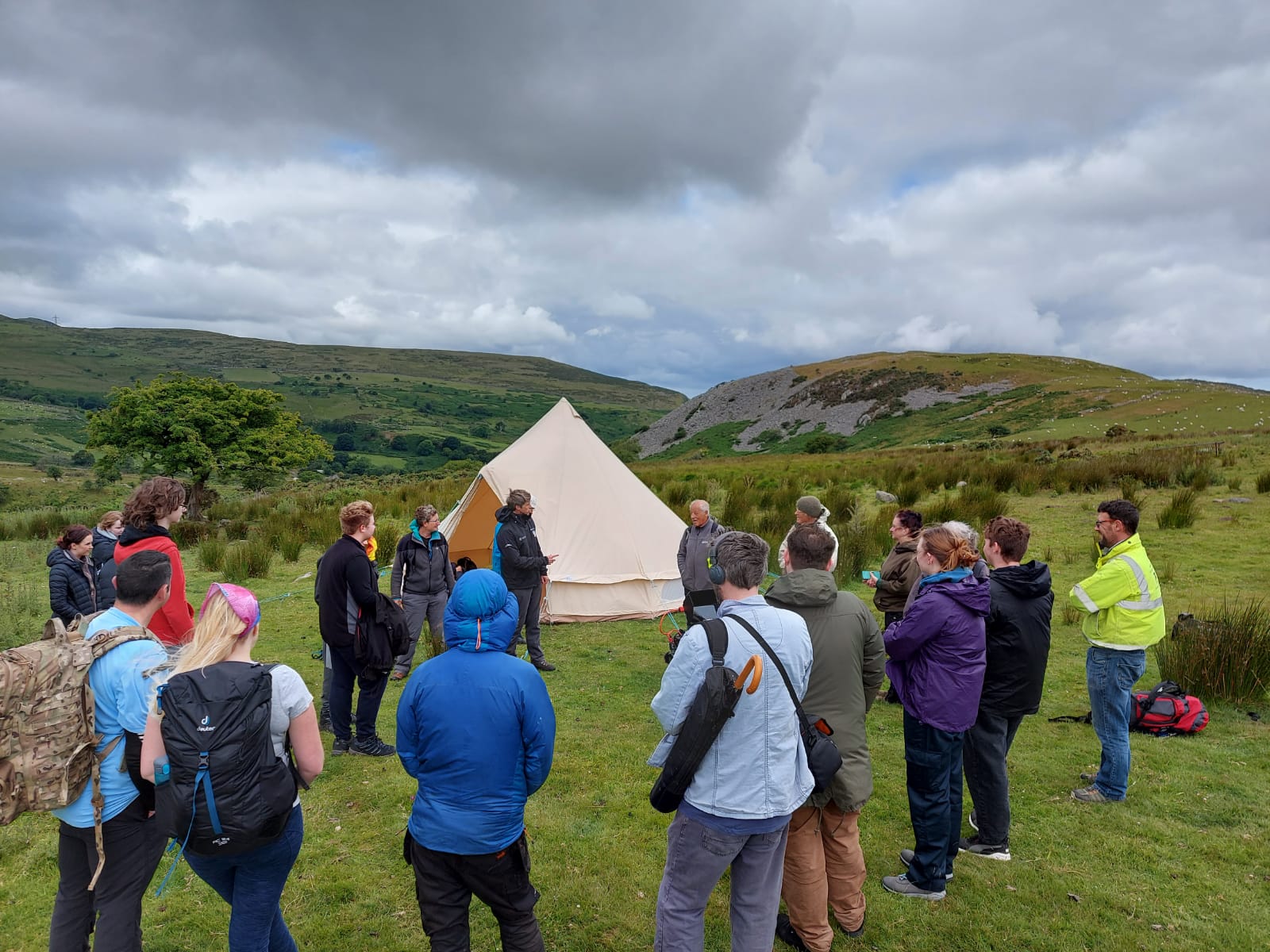


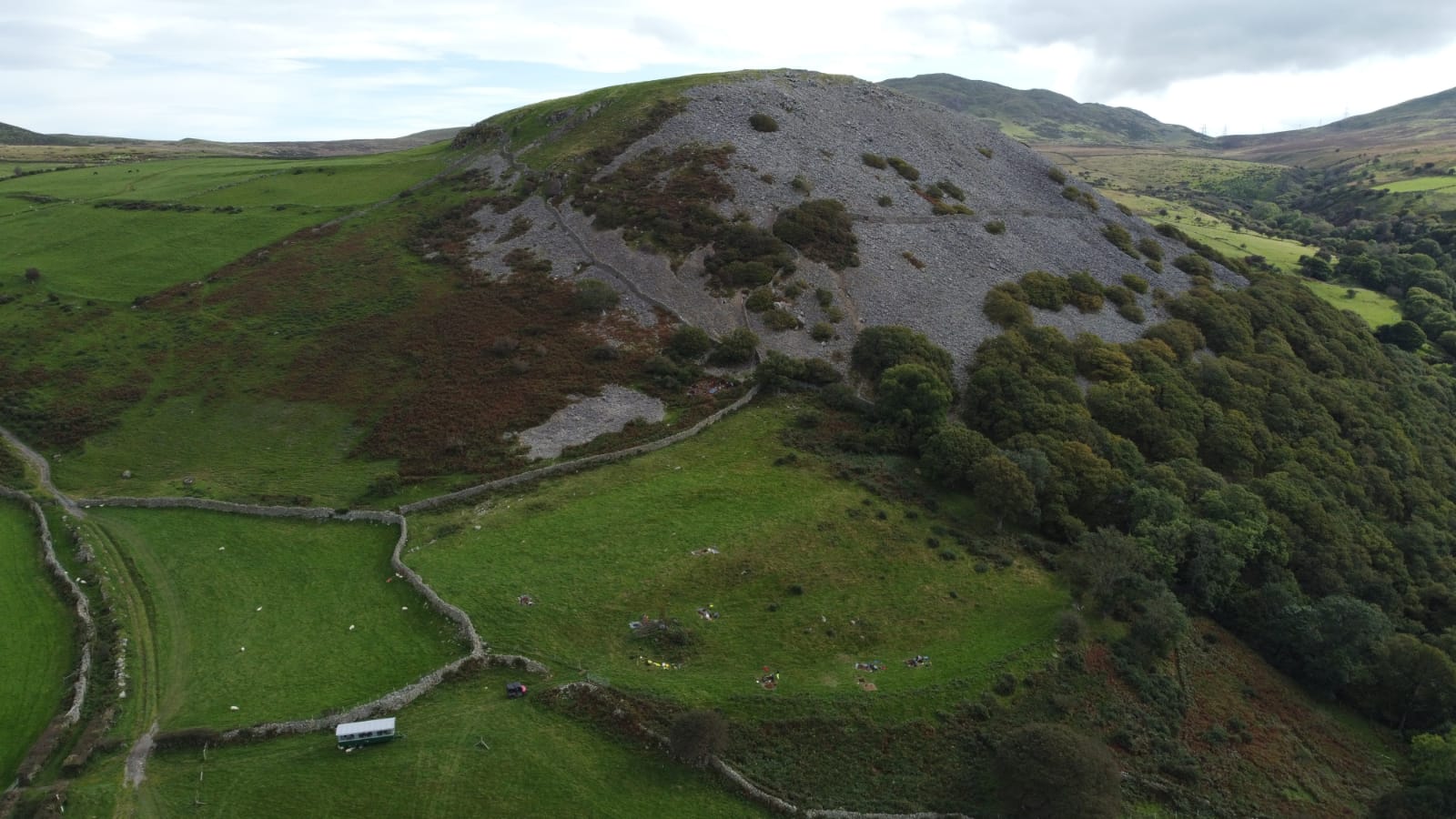
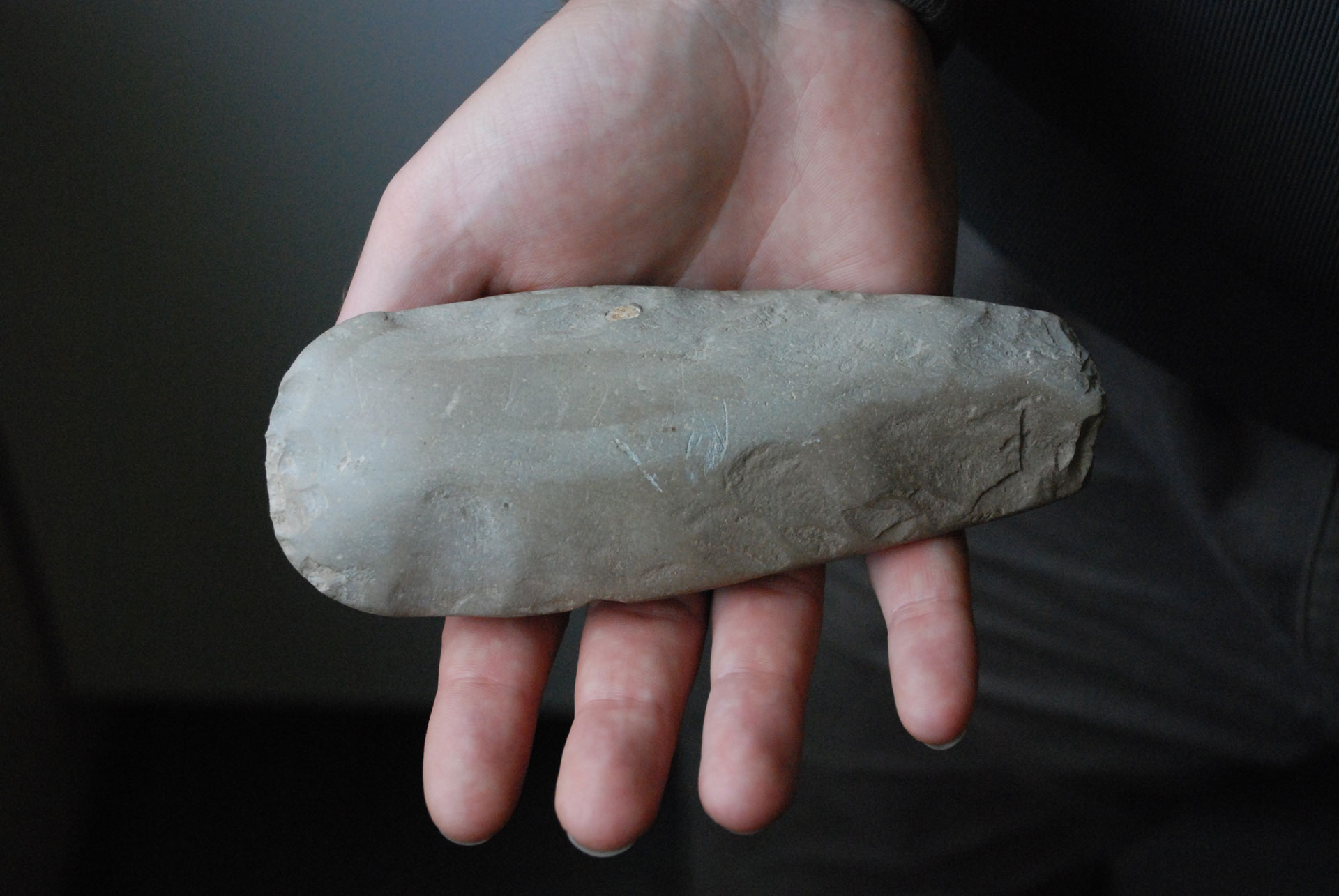
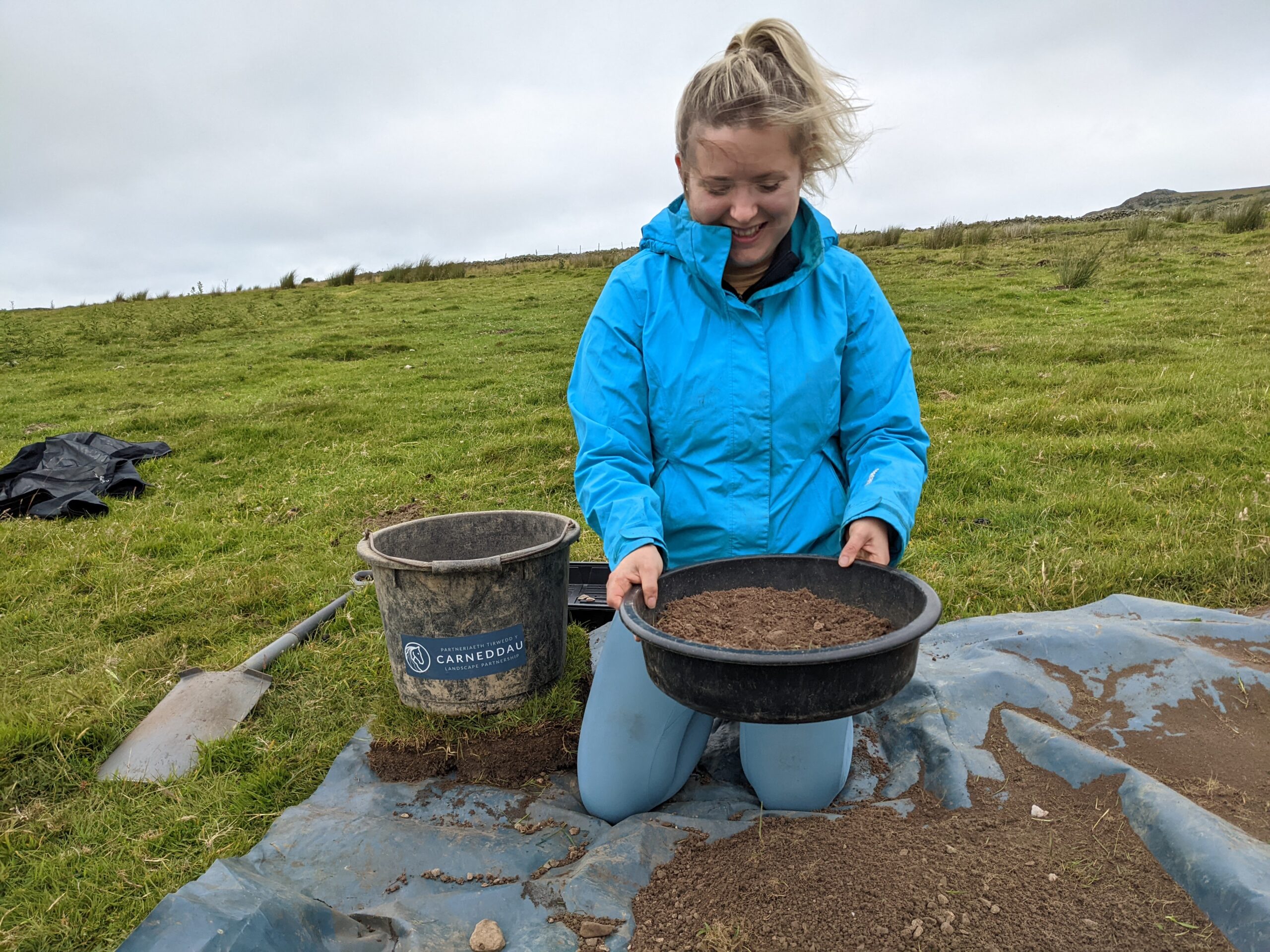
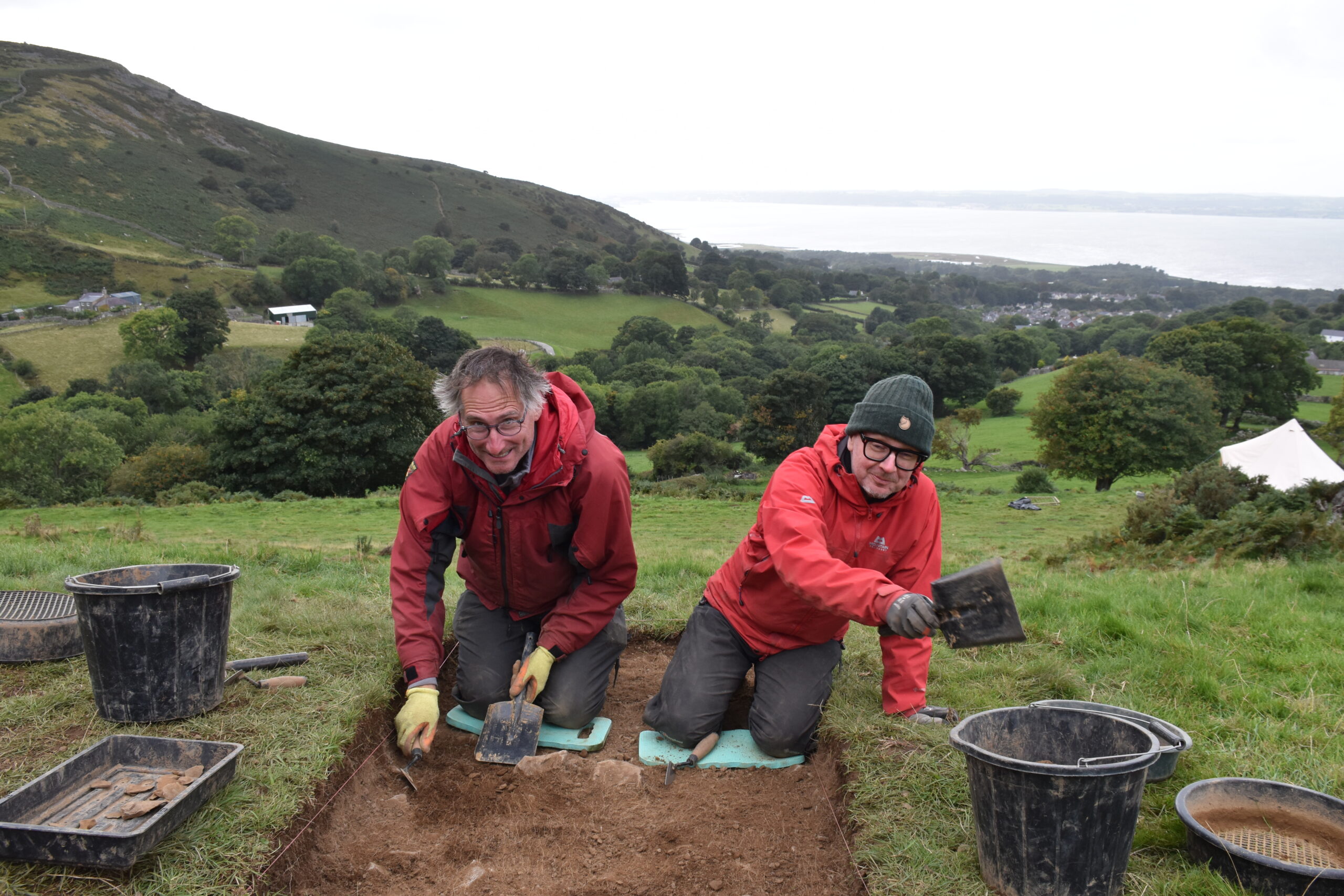






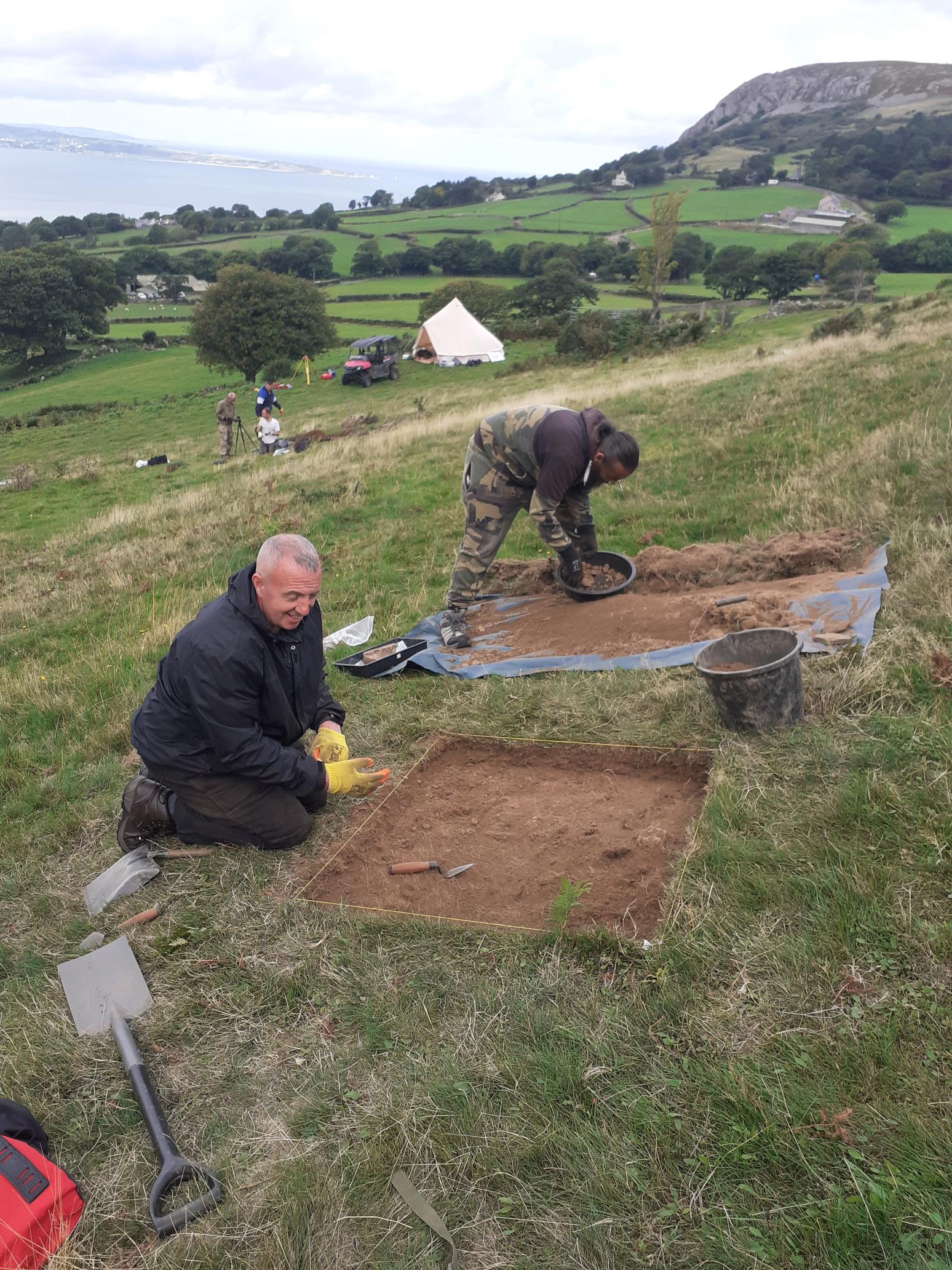

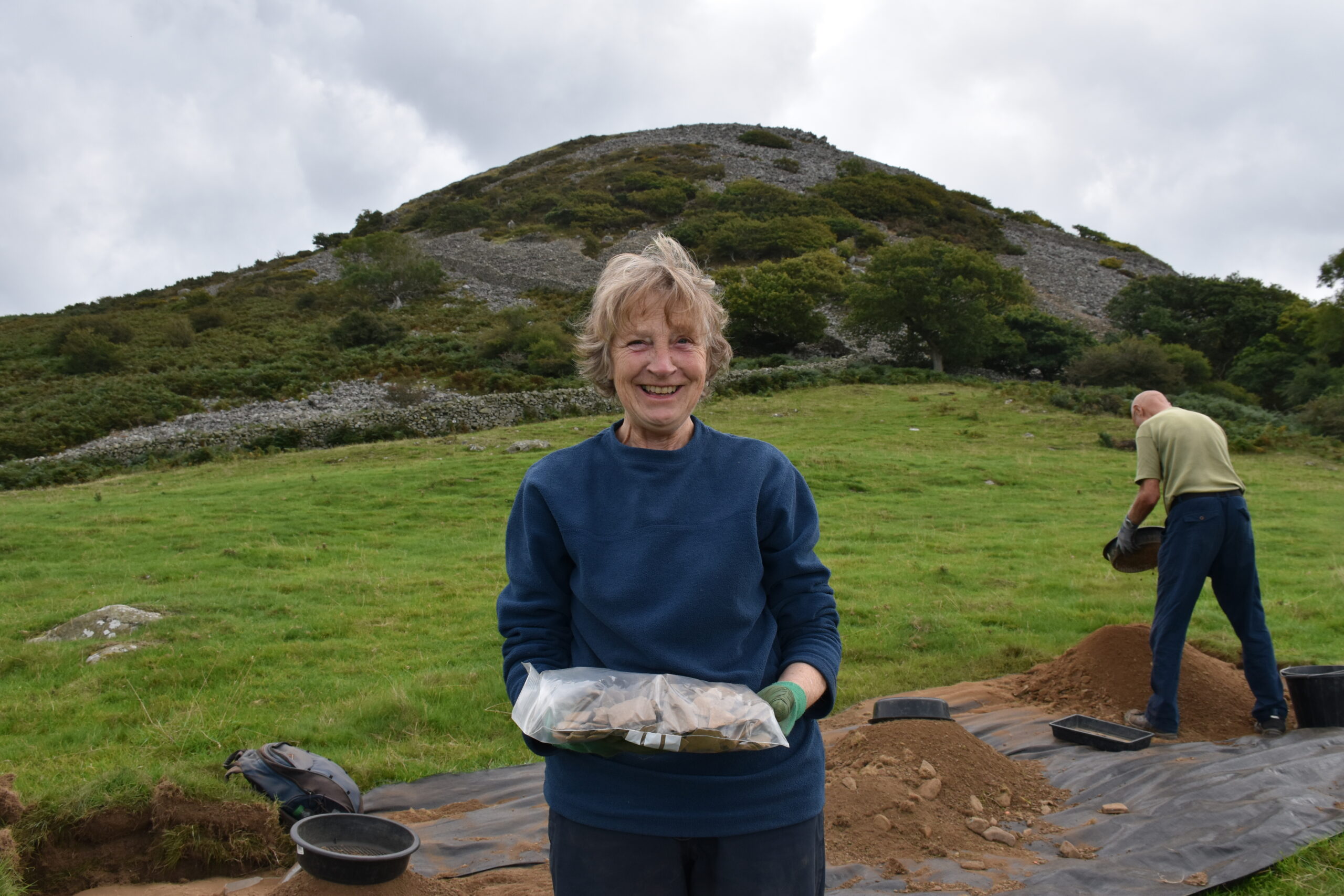
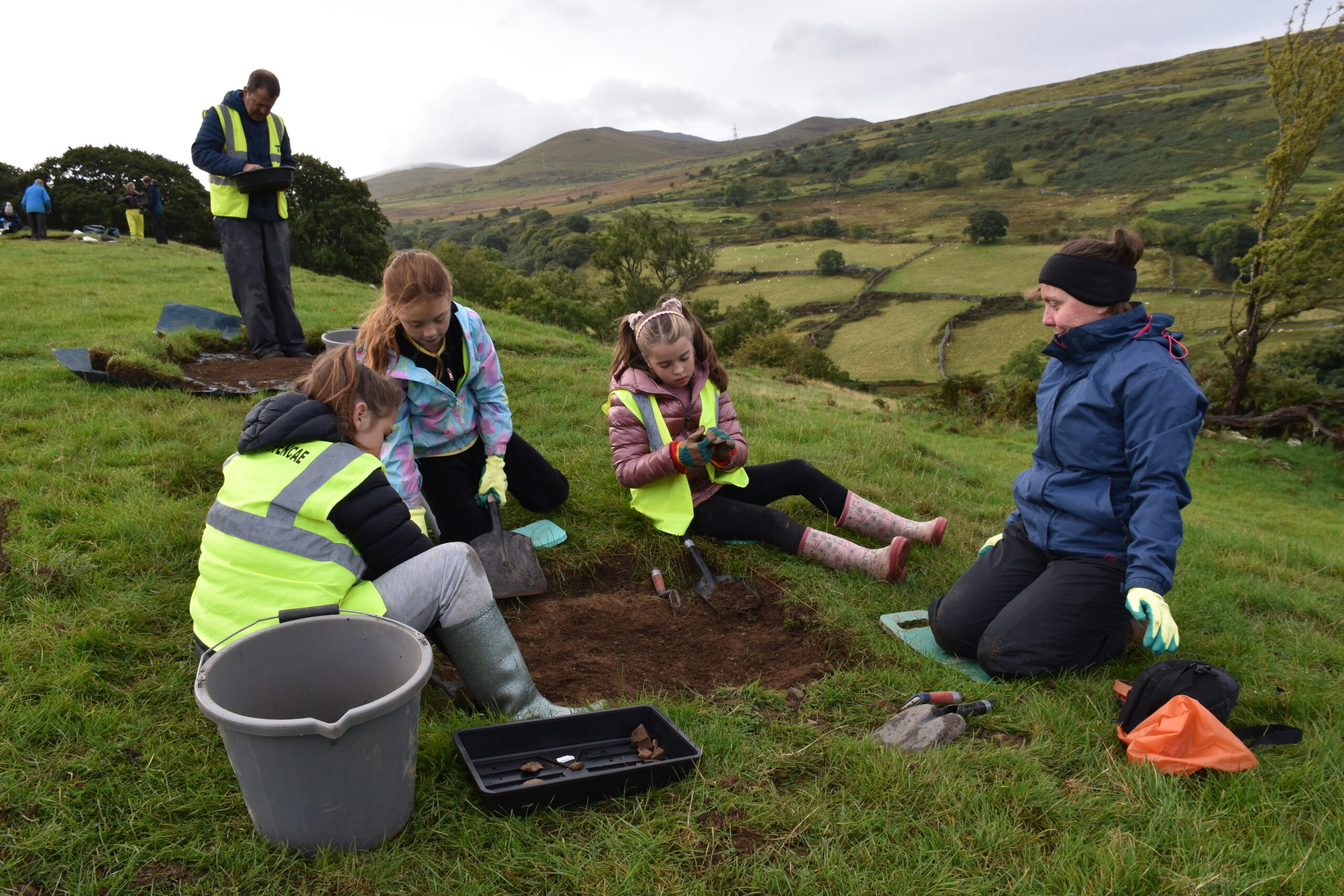
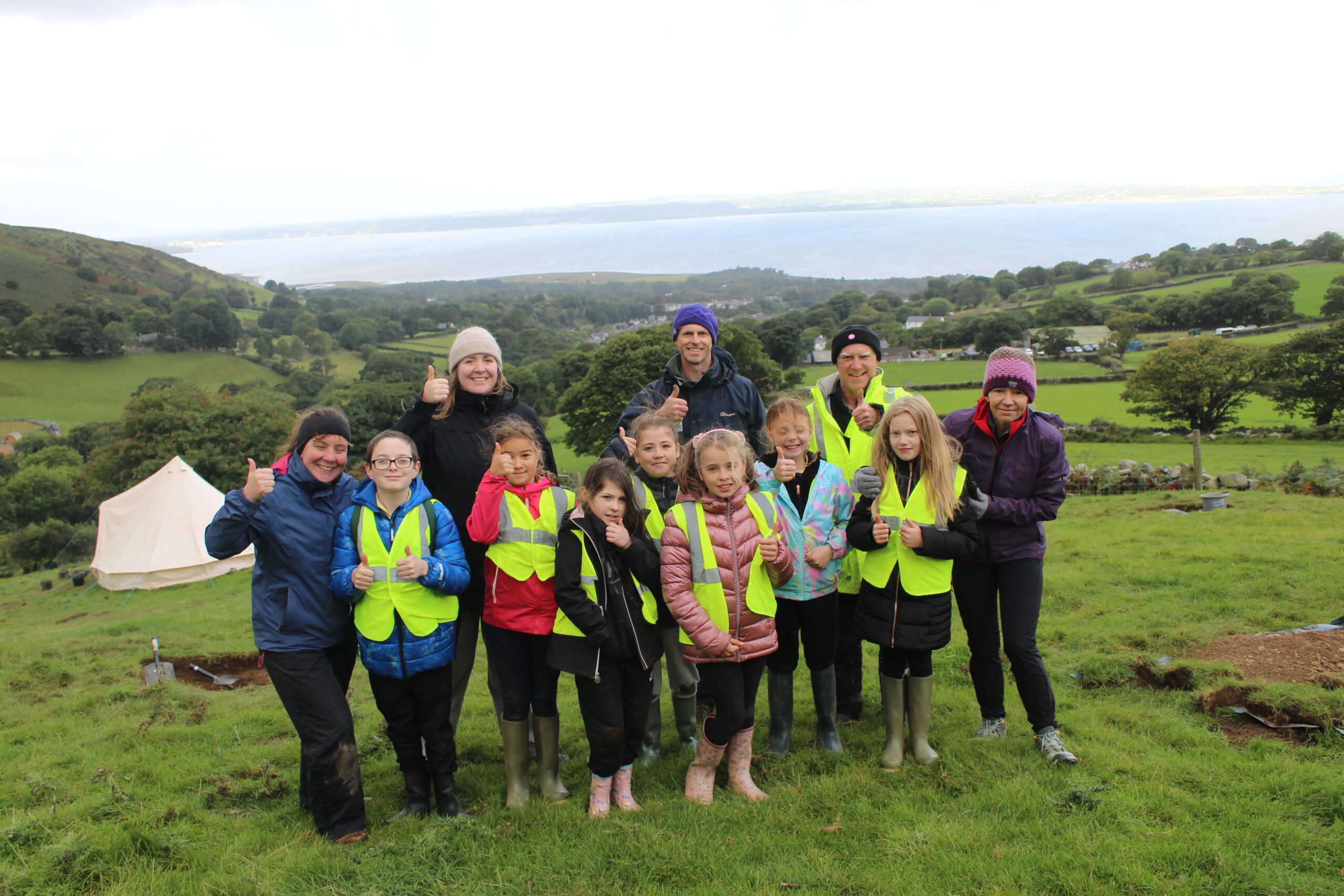
Get your hands dirty and take part in the project’s archaeology fieldwork days in early Summer and Autumn.
Join one of our guided archaeological walks or informative talks. Check out our Events page.
Study our findings, record archaeological finds and take part in post-excavation work. Email us to find out more.
Get your hands dirty and take part in the project’s archaeology fieldwork days in early Summer and Autumn.
Study our findings, record archaeological finds and take part in post-excavation work. Email us to find out more.
Join one of our guided archaeological walks or informative talks. Check out our Events page.



